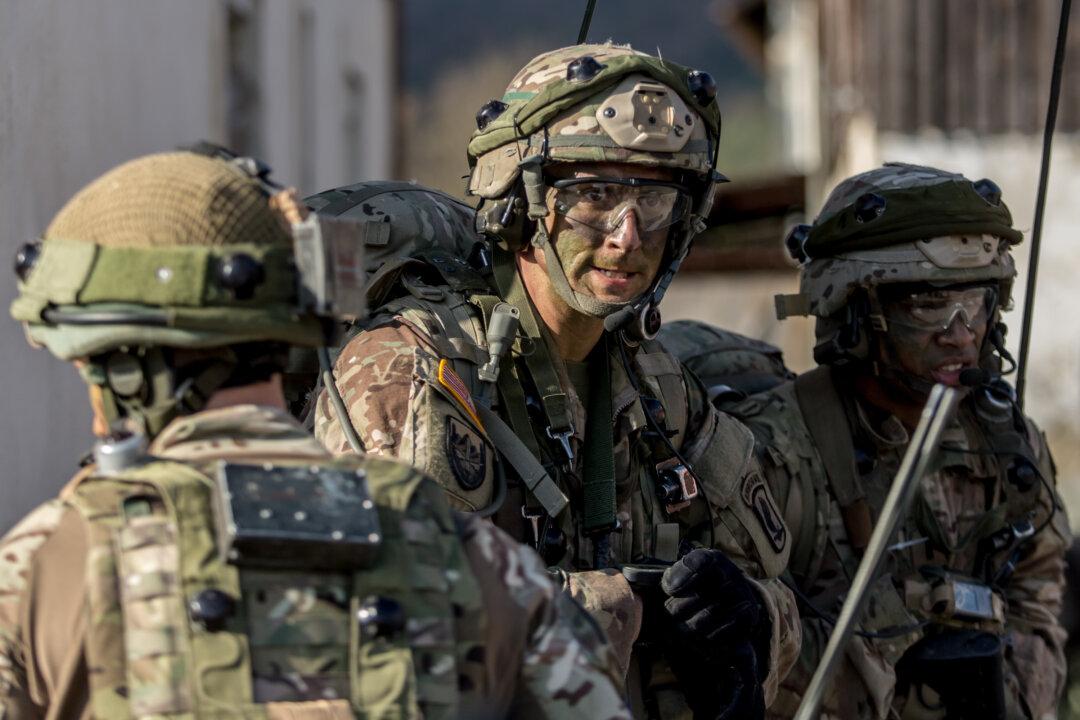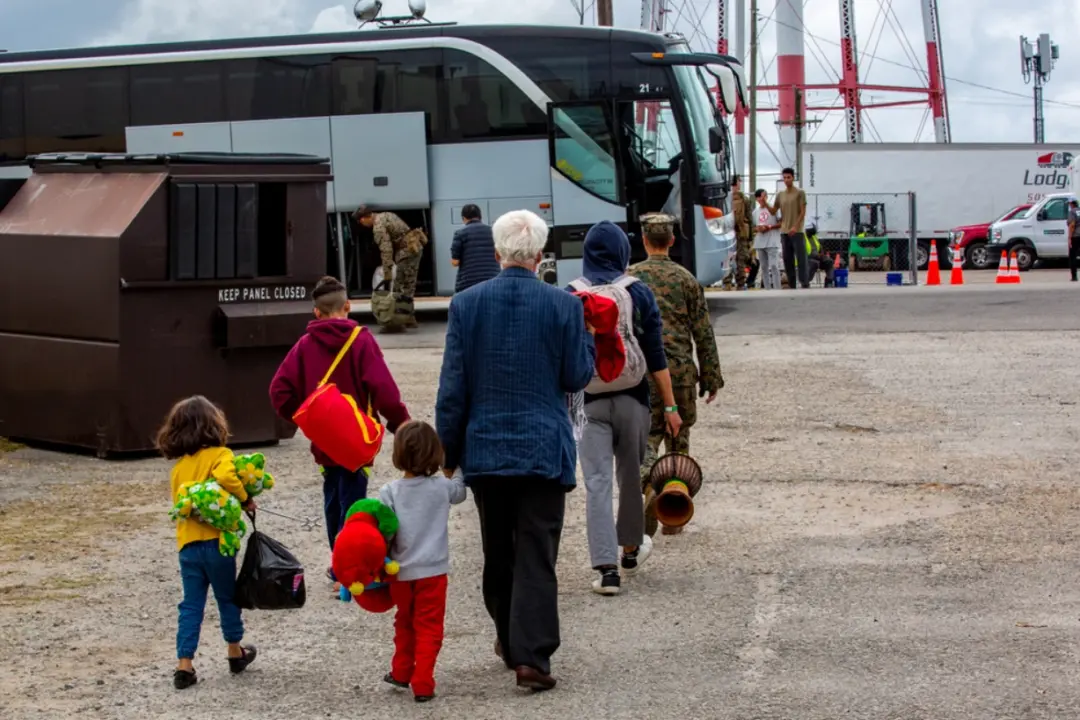The U.S. Army has decided to cut about 24,000 positions from its ranks as the service attempts to refocus its warfighting efforts and adjust to ongoing recruiting challenges.
This week, the Army finalized a plan to reduce its force structure by about 5 percent by fiscal year 2029. The plan comes about following extensive consultations between Army leaders and members of Congress over the past year.





